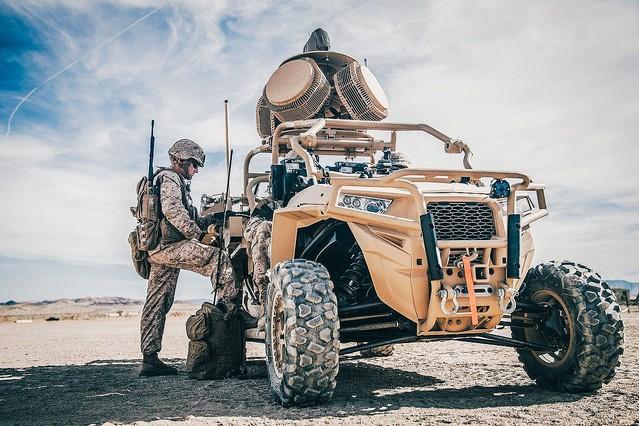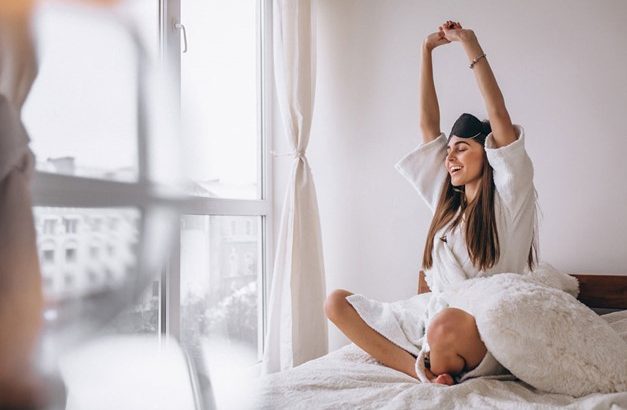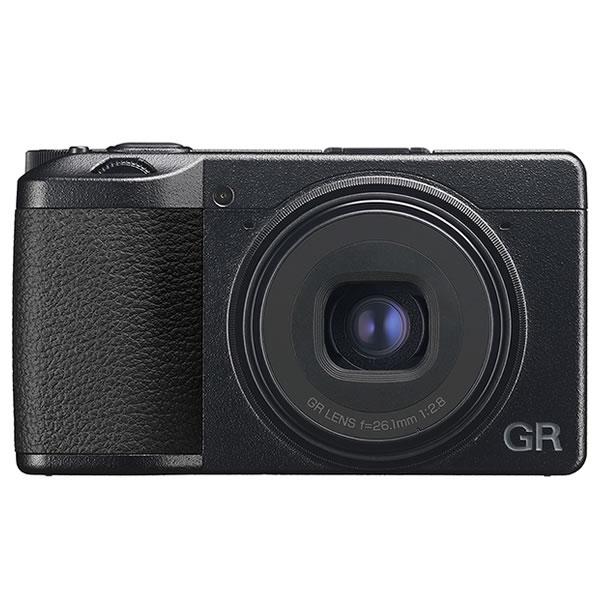What Are the Best Practices for Outdoor Camera Placement?
A high-resolution camera won’t stop a burglar if it’s pointing at the wrong spot. Many homeowners invest in expensive security systems but overlook the most crucial factor: strategic placement. Even a mid-range camera positioned correctly can capture clear facial details, license plates, or suspicious movements, while a poorly placed 4K camera might only record useless footage of trees swaying. Think of your security cameras as a team of silent guards—each should cover a specific vulnerability. For example, a camera facing the front door can deter package thieves, while one monitoring the backyard can catch intruders attempting to sneak in through a window. In this article, we’ll break down the best practices to maximize your outdoor camera’s effectiveness.
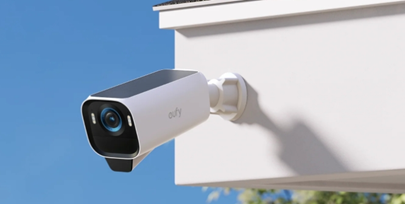
1. Critical Zones Every Home Should Cover
Front Door - The #1 Target for Burglars
The front door is the most common entry point for burglars, with over 30% of break-ins happening here. Placing a camera here isn’t just about recording theft—it’s about deterring criminals before they even try. Mount the camera at about 7 to 9 feet high, angled downward to capture faces clearly without being easily tampered with. Avoid pointing it directly at the sun to prevent glare during sunrise or sunset. For example, if your porch has a roof, position the camera under the overhang to protect it from rain while keeping a clear view of the doorstep. If you have a doorbell camera, ensure it has a wide enough field of view to see packages left on the ground. A well-placed front-door camera can also help identify suspicious behavior, like someone lingering near your home or testing the doorknob.
Backyard & Side Gates - Common Break-In Points
Backyards and side gates are favorite spots for intruders because they offer privacy and cover. A camera here should cover not just the gate itself but also any windows or basement entrances nearby. If you have a tall fence, mount the camera high enough to see over it, or use a corner mount to get a wider angle. For instance, if your backyard has a shed with expensive tools, position a camera to monitor both the shed door and the path leading to it. Motion-activated lights can complement the camera by scaring off trespassers. If you have pets or kids playing outside, this setup also helps keep an eye on their safety without needing constant supervision.
Garage & Driveway - Protecting Vehicles & Tools
Garages are often targeted because they house cars, bikes, and tools—all valuable to thieves. A camera here should cover both the garage door and the driveway. If your garage is detached, consider a weatherproof camera with night vision since these areas are usually poorly lit. For example, if someone tries to break into your car at night, a well-placed driveway camera can capture their face and license plate. If you store expensive equipment in the garage, angle a second camera inside to monitor for forced entry. Many burglars case homes by pretending to be delivery drivers, so a visible camera here can make them think twice.
2. Weatherproofing & Environmental Factors
Outdoor cameras face rain, snow, dust, and extreme temperatures, so durability matters just as much as placement. Look for cameras with an IP65 or higher rating, meaning they’re dust-tight and can withstand heavy rain. If you live in a very cold climate, ensure the camera has a built-in heater to prevent freezing. For example, a camera under an eave may stay dry but could still suffer from humidity buildup. In coastal areas, salt air can corrode metal parts, so stainless steel mounts are a smart choice. If your camera is exposed to direct sunlight, a sunshield can prevent overheating. Regularly check for spider webs or debris that might block the lens—these small issues can ruin an otherwise perfect setup.
3. Lighting & Night Vision Setup
Even the best night-vision cameras struggle in complete darkness. If your yard has no light, consider adding motion-activated floodlights or infrared illuminators. Position cameras so that nearby lights don’t create glare or overexposure, which can wash out faces and details. For example, a driveway camera should face away from streetlights to avoid blinding the lens. If your camera has infrared night vision, test it at different distances—some only work well within 20 feet. Reflective surfaces like windows or white walls can also bounce IR light back, causing overexposure. A simple trick is to angle the camera slightly downward to minimize reflections.
4. Smart Deterrent Strategies
Visible cameras can deter crime, but smart placement makes them even more effective. For example, a camera at eye level near the front door makes intruders feel watched, while a hidden one might only help after a crime occurs. Pairing cameras with motion-activated alarms or automated voice warnings (like "You are being recorded") can scare off trespassers before they act. Another strategy is creating "layered" coverage—multiple cameras overlapping slightly to eliminate blind spots. If a burglar avoids one camera, they’ll likely walk into another’s view. Fake cameras can backfire if noticed, so real ones with blinking LEDs or audible alerts work better.
5. Common Mistakes to Avoid
One big mistake is mounting cameras too high, making faces hard to identify. Another is placing them where trees or walls block half the view. Avoid pointing cameras at neighbors’ properties to respect privacy and legal boundaries. Wi-Fi cameras placed too far from the router can suffer lag or disconnections—test signal strength before finalizing placement. Also, forgetting to secure wiring makes cameras easy targets for sabotage. Always use tamper-proof mounts and conceal wires where possible.
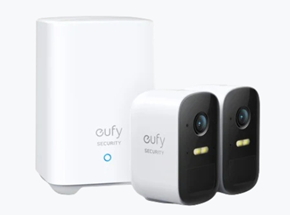
Conclusion
Every home requires a tailored security approach. By implementing the placement strategies we've discussed - covering critical entry points, optimizing for weather conditions, and integrating smart deterrent features - you can create a robust surveillance system. For example, eufy's outdoor security cameras are designed to keep your home safe and secure, offering 4K resolution to capture vital details while deterring potential intruders with loud alarms. Remember that regardless of your equipment, regular system testing and angle adjustments remain crucial.




